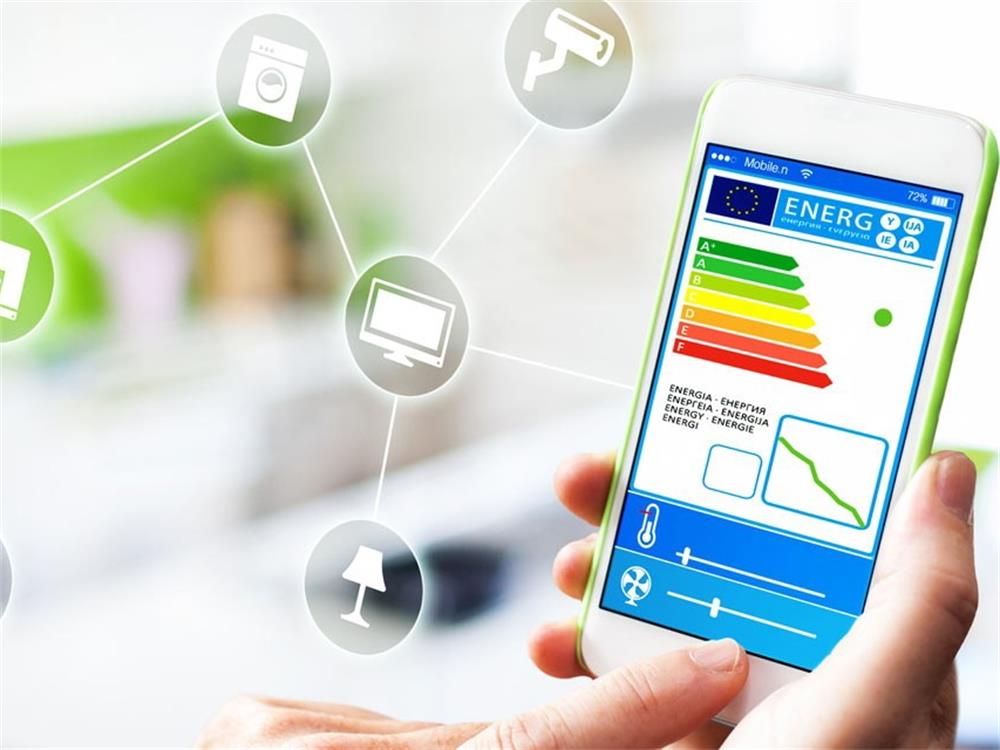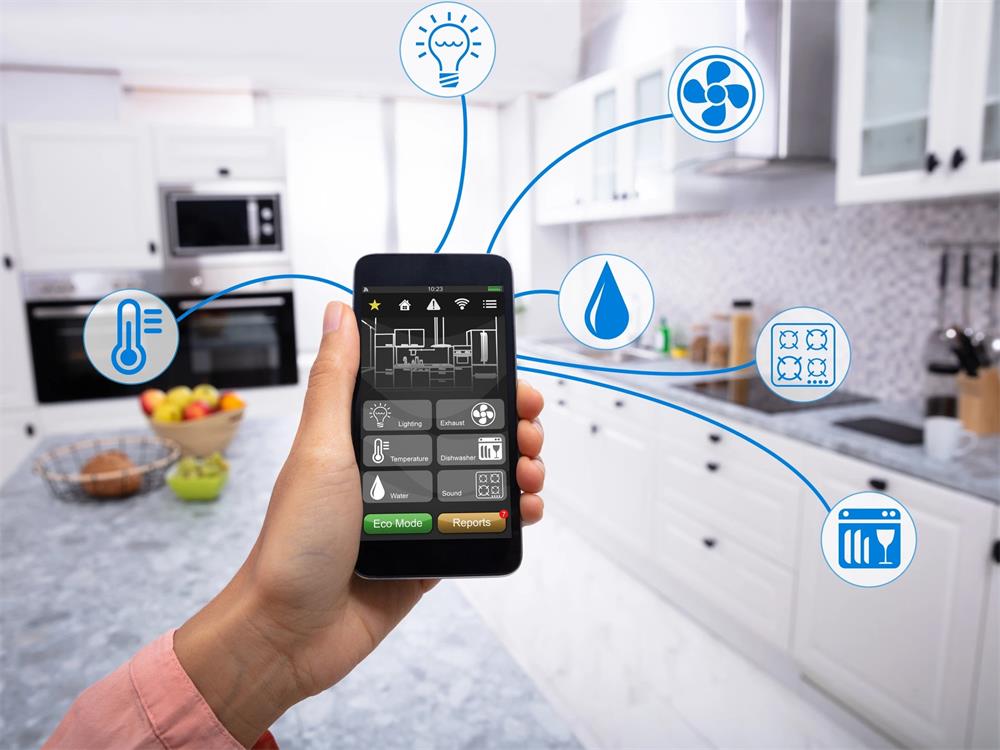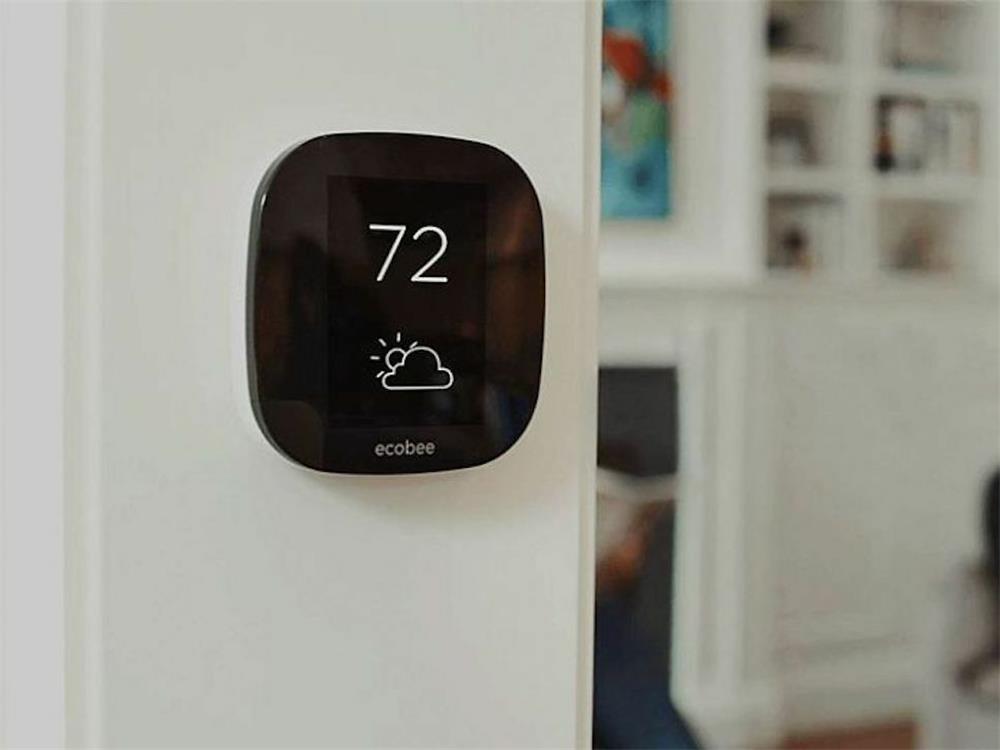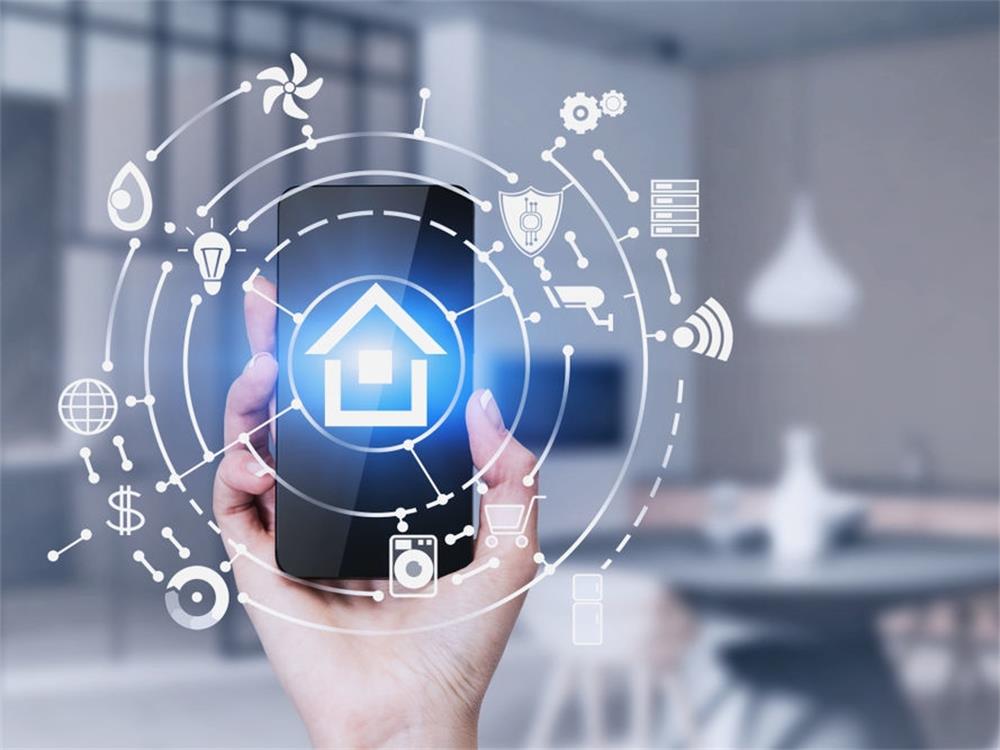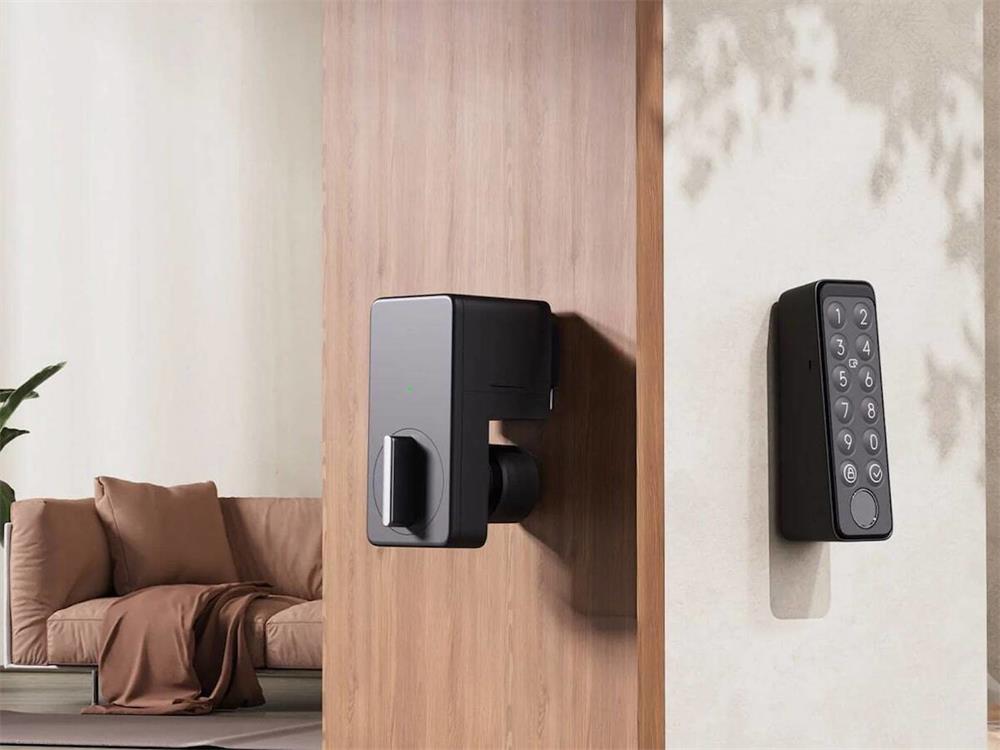Contents
If you want to save money and energy in your home, smart home devices can help you achieve that goal. Smart home devices are gadgets that connect to the internet and allow you to control them remotely, set schedules, or automate actions based on your preferences and behavior. They can also monitor your energy usage, detect leaks, and alert you to potential problems. Here are some of the best smart home devices for energy efficiency that you can consider for your home.
Smart Thermostats
A smart thermostat is a device that adjusts the temperature of your home based on your schedule, habits, and weather. It can also learn from your preferences and optimize your comfort and savings. Some smart thermostats can even sense when you are away from home and turn down the heating or cooling automatically. By using a smart thermostat, you can save up to 10% on your heating and cooling costs per year, according to the U.S. Department of Energy.
Some of the best smart thermostats on the market are:
- Nest Learning Thermostat: This thermostat learns from your behavior and creates a personalized schedule for your home. It also has a feature called Eco Mode that lowers the temperature when you are away or asleep. You can control it from your smartphone, tablet, or voice assistant. It also works with other Nest products, such as cameras, smoke detectors, and doorbells.
- Ecobee SmartThermostat: This thermostat comes with a remote sensor that measures the temperature and occupancy of different rooms in your home. It then adjusts the temperature accordingly to ensure even comfort and efficiency. You can also control it from your smartphone, tablet, or voice assistant. It also works with other smart home platforms, such as Apple HomeKit, Amazon Alexa, Google Assistant, and Samsung SmartThings.
- Sensi Touch Smart Thermostat: This thermostat has a touchscreen display that lets you adjust the temperature and settings easily. It also has a feature called Geofencing that uses your phone’s location to adjust the temperature when you leave or return home. You can also control it from your smartphone, tablet, or voice assistant. It also works with other smart home platforms, such as Amazon Alexa, Google Assistant, and Apple HomeKit.
Pros
- Save money and energy by adjusting the temperature automatically
- Increase comfort and convenience by controlling the temperature remotely
- Learn from your behavior and preferences to optimize your settings
- Integrate with other smart home devices and platforms
Cons
- Require installation and wiring
- May not be compatible with all HVAC systems
- May have privacy and security risks
Smart Plugs
A smart plug is a device that plugs into a regular wall outlet and lets you control any appliance or device that is plugged into it. You can turn it on or off remotely, set schedules, or create routines based on your needs. You can also monitor the energy consumption of each device and identify any inefficiencies or waste. By using smart plugs, you can save up to 15% on your electricity bill per year, according to Energy Star.
Some of the best smart plugs on the market are:
- Wyze Plug: This plug is affordable and easy to use. You can control it from your smartphone or voice assistant. You can also set schedules, timers, or triggers based on other Wyze devices, such as cameras or sensors. It also has a feature called Vacation Mode that randomly turns on and off your lights when you are away to deter burglars.
- TP-Link Kasa Smart Plug: This plug is reliable and versatile. You can control it from your smartphone or voice assistant. You can also set schedules, timers, or scenes based on different occasions or moods. It also has a feature called Away Mode that randomly turns on and off your lights when you are away to deter burglars.
- Wemo Mini Smart Plug: This plug is compact and sleek. You can control it from your smartphone or voice assistant. You can also set schedules, timers, or rules based on other Wemo devices, such as switches or sensors. It also has a feature called Randomize Lights that randomly turns on and off your lights when you are away to deter burglars.
Pros
- Save money and energy by turning off appliances when not in use
- Increase convenience and security by controlling appliances remotely
- Monitor energy usage of each appliance and identify waste
- Integrate with other smart home devices and platforms
Cons
- Require Wi-Fi connection
- May not fit in some outlets or block adjacent outlets
- May have limited power capacity or compatibility
Home Energy Monitors
A home energy monitor is a device that connects to your electricity meter and shows you how much energy your home is using in real time. It can also break down your energy usage by appliance or category and give you personalized recommendations for energy efficiency. By using a home energy monitor, you can save up to 20% on your electricity bill per year, according to the U.S. Department of Energy.
Some of the best home energy monitors on the market are:
- Sense Energy Monitor: This monitor uses machine learning to identify the unique electrical signatures of each appliance in your home. It then shows you how much energy each appliance is using and how much it costs. You can also set goals, alerts, or insights to help you reduce your energy consumption. You can control it from your smartphone or voice assistant. It also works with other smart home devices, such as plugs, switches, or solar panels.
- Emporia Vue Energy Monitor: This monitor uses current sensors to measure the energy usage of each circuit in your home. It then shows you how much energy each circuit is using and how much it costs. You can also set budgets, alerts, or tips to help you save money and energy. You can control it from your smartphone or voice assistant. It also works with other smart home devices, such as plugs, switches, or solar panels.
- Curb Energy Monitor: This monitor uses current sensors to measure the energy usage of each circuit in your home. It then shows you how much energy each circuit is using and how much it costs. You can also set goals, alerts, or insights to help you optimize your energy efficiency. You can control it from your smartphone or voice assistant. It also works with other smart home devices, such as plugs, switches, or solar panels.
Pros
- Save money and energy by tracking your energy usage in real-time
- Increase awareness and accountability by seeing the impact of your actions
- Learn from your behavior and preferences to improve your energy efficiency
- Integrate with other smart home devices and platforms
Cons
- Require installation and wiring
- May not be compatible with all electricity meters or panels
- May have accuracy or reliability issues
Smart Home Sensors
A smart home sensor is a device that detects various conditions in your home, such as temperature, humidity, air quality, water usage, smoke, carbon monoxide, motion, and more. It can then alert you to any problems or anomalies, or trigger other smart devices to take action. By using smart home sensors, you can prevent damage, improve safety, and optimize comfort and efficiency in your home.
Some of the best smart home sensors on the market are:
- Nest Protect: This sensor is a combination of a smoke detector and a carbon monoxide detector. It can detect both fast-burning and slow-burning fires, as well as the invisible and odorless gas that can be deadly. It can also speak to you and tell you where the danger is and what to do. You can control it from your smartphone or voice assistant. It also works with other Nest products, such as cameras, thermostats, and doorbells.
- Phyn Plus: This sensor is a smart water monitor that installs on your main water line. It can measure the water pressure, flow, and temperature in your home. It can also detect leaks, frozen pipes, or abnormal water usage. It can then alert you to any issues or shut off the water automatically to prevent damage. You can control it from your smartphone or voice assistant. It also works with other smart home platforms, such as Amazon Alexa and Google Assistant.
- Awair Element: This sensor is a smart air quality monitor that measures the temperature, humidity, carbon dioxide, volatile organic compounds, and fine dust particles in your home. It can then give you a score of your air quality and suggest ways to improve it. You can control it from your smartphone or voice assistant. It also works with other smart home devices, such as fans, humidifiers, or purifiers.
Pros
- Prevent damage and save money by detecting leaks, fires, or gas
- Improve safety and health by alerting you to smoke, carbon monoxide, or poor air quality
- Optimize comfort and efficiency by adjusting the temperature, humidity, or ventilation
- Integrate with other smart home devices and platforms
Cons
- Require installation and batteries
- May not be compatible with all types of homes or systems
- May have false alarms or connectivity issues
Smart Hubs and Speakers
A smart hub is a device that acts as the brain of your smart home. It connects to your Wi-Fi network and communicates with all your smart devices using various protocols, such as Zigbee, Z-Wave, Bluetooth, or Wi-Fi. It allows you to control all your smart devices from one app or interface, create routines or scenes that automate multiple actions at once, or use voice commands to activate your devices.
A smart speaker is a device that has a built-in voice assistant, such as Amazon Alexa, Google Assistant, or Apple Siri. It can play music, answer questions, tell jokes, set timers, and more. It can also act as a smart hub and control your smart devices using voice commands.
By using a smart hub or speaker, you can make your smart home more convenient, fun, and efficient.
Some of the best smart hubs and speakers on the market are:
- Amazon Echo: This device is a smart speaker that has Amazon Alexa as its voice assistant. You can ask Alexa to play music, check the weather, order pizza, and more. You can also use Alexa to control your compatible smart devices using voice commands. You can also create routines that automate multiple actions at once. The Echo comes in different sizes and shapes to suit your needs and preferences.
- Google Nest Hub: This device is a smart hub that has Google Assistant as its voice assistant. You can ask Google Assistant to play videos, show photos, make calls, and more. You can also use Google Assistant to control your compatible smart devices using voice commands. You can also create routines that automate multiple actions at once. The Nest Hub has a touchscreen display that shows you visual information and feedback.
- Apple HomePod Mini: This device is a smart speaker that has Apple Siri as its voice assistant. You can ask Siri to play music, send messages, set reminders, and more. You can also use Siri to control your compatible smart devices using voice commands. You can also create scenes that automate multiple actions at once. The HomePod Mini has a spherical design that delivers high-quality sound.
Pros
- Make your smart home more convenient and fun by using voice commands
- Control all your smart devices from one app or interface
- Create routines or scenes that automate multiple actions at once
- Integrate with other smart home devices and platforms
Cons
- Require Wi-Fi connection
- May not support all types of smart devices or protocols
- May have privacy or security risks
Conclusion
Smart home devices are not only convenient and fun, but they can also help you save money and energy in your home. By using smart thermostats, smart plugs, home energy monitors, smart home sensors, and smart hubs and speakers, you can automate, monitor, and optimize your home’s energy usage and efficiency. You can also integrate these devices with other smart home platforms and devices to create a seamless and smart living experience. Whether you want to reduce your carbon footprint, lower your utility bills, or improve your comfort and safety, smart home devices can help you achieve your goals.






